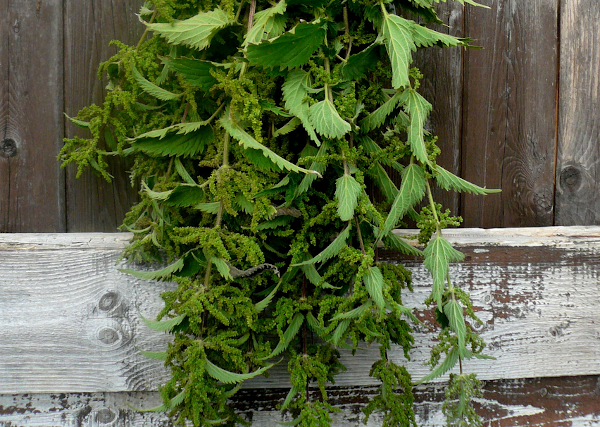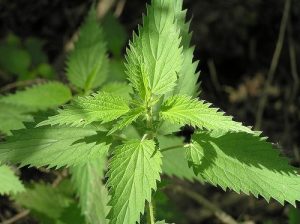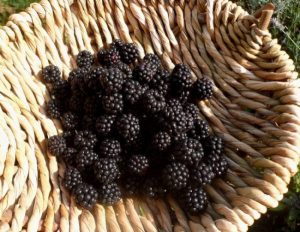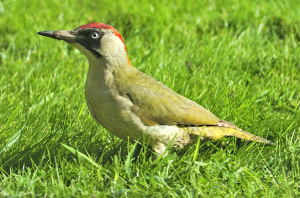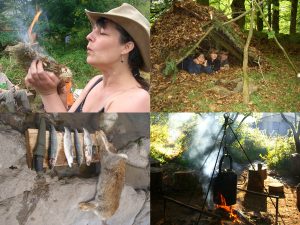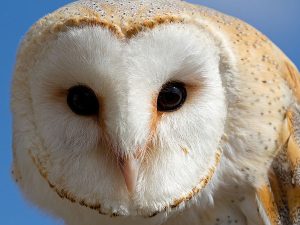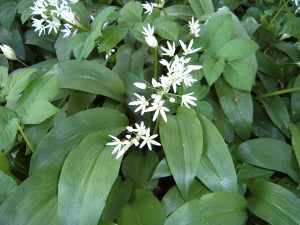Nettles are a truly amazing plant. I recently found out about the ‘super food’ that is nettle seeds, and have been making the most of the nettle patch at the end of the garden ever since.
Full of fantastic nutritional and medicinal properties – now’s the time to harvest them.

However, when foraging for nettles, keep an eye out for caterpillars, and if you can see any on the plants, don’t harvest there. Certain moths like nettles, as do many of the UK’s best-known butterfiles, such as the Small tortoiseshell and Peacock. Their larvae feed in large groups in silken tents at the top of the nettle stems.

Look for strong plants whose seeds are plentiful, fresh and green. To gather the seeds, cut the whole stem, tie a bunch together and hang them upside down inside a large paper bag. Keep the bag open at the top to allow air circulation (and to let any wildlife escape), and leave it in a warm, airy place for a few weeks. Don’t use a plastic bag as this may cause mould to form.

Most seeds will drop to the bottom of the bag, but once the plants are dry, it’s also worth stripping off the strands of seeds and rubbing them through a sieve to collect other seeds that are still on the plants. You’ll probably find that you still have a fair amount of seed husk on many of the tiny seeds, but this is fine.
Store in a jar, and sprinkle them on your food: they’re tasty added to soups, salads etc., or you can blend them in smoothies with other ingredients. They have a slightly rough texture from the small amount of husk on them, but they won’t sting you. In hay fever season I chew a teaspoonful of seeds every morning to help alleviate symptoms.

Some people find them very stimulating. Go easy to begin with in terms of how much you consume, starting with no more than half a teaspoon per day, and see how you go.
As herbalist friend Lucinda Warner notes, nettle seeds are adaptogens. This means they help with the general stress response, strengthen the adrenals, and are also loaded with minerals and trace elements. They’re therefore useful for chronic exhaustion, adrenal fatigue and burnout.
The benefits of nettle seeds have some overlap with those of the leaf; both are strengthening, mineral rich, great for skin and hair and for supporting the kidneys and urinary system. Whereas the leaf is gentler and more nourishing however, the seed packs more of a punch.

